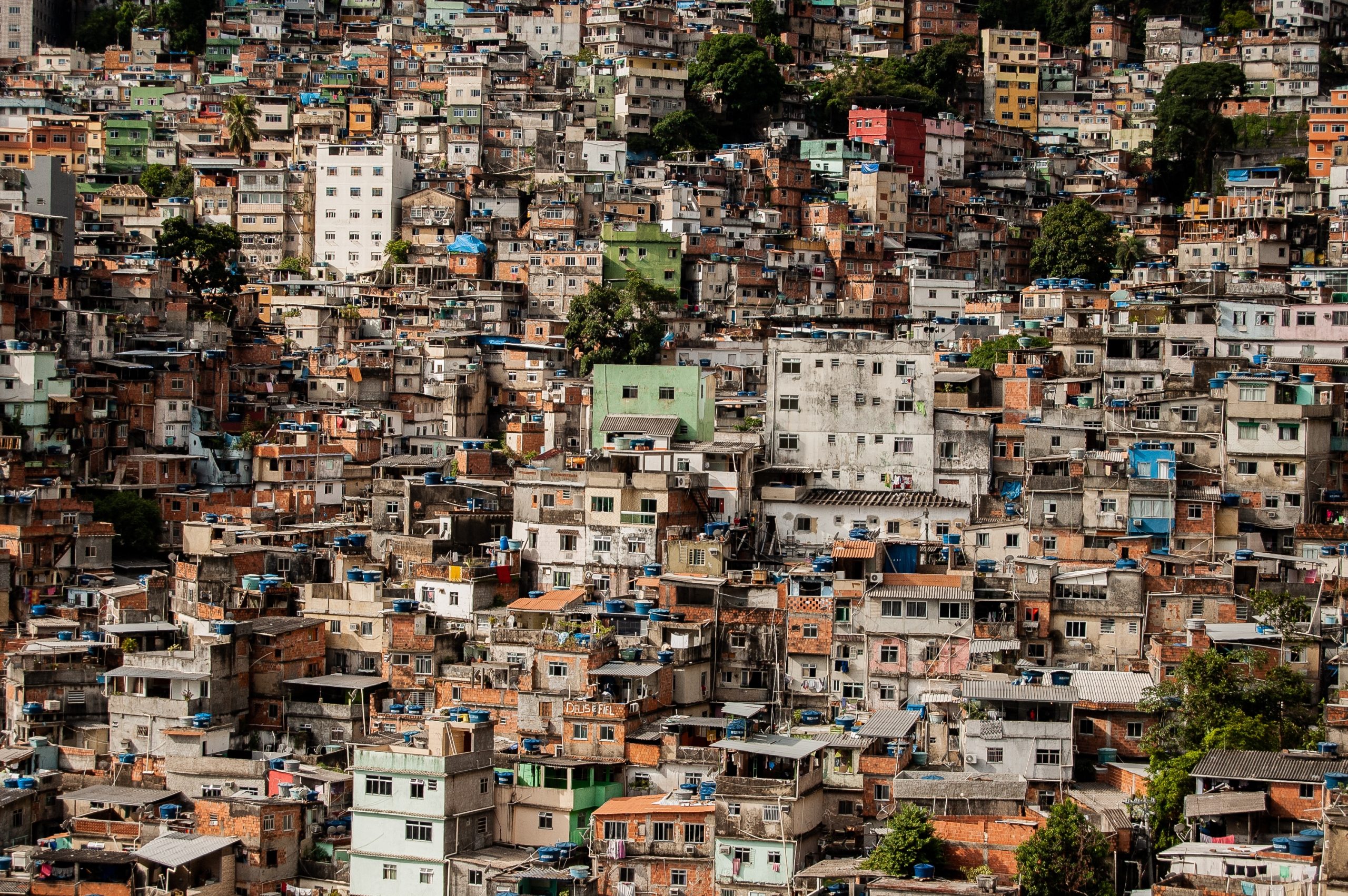Introduction to Urbanization in Mexico
Mexico City is facing increasing challenges due to rapid urbanization, creating significant tensions surrounding housing and lifestyle for its residents. The recent protests, which have seen thousands taking to the streets, reflect not just a reaction to high rents but the broader issues of inequality and social displacement.
Understanding the Protests
The protests in Mexico City have been prominently marked by slogans such as “Gringo, go home,” which, at first glance, seem to place blame on the influx of digital nomads and expats for gentrification and rising rental prices. However, this view simplifies a complex issue. While it’s true that the digital migration has worsened housing problems, a deeper examination of the underlying structural inequities reveals a much more intricate narrative.
The Historical Context of Urbanization
To truly grasp the current situation, it is essential to look back. Mexico, like many Latin American nations, has undergone transformational urban changes over the decades. From a mere 40% urban population in 1950, the figure surged to over 70% by 1990. Presently, about 80% of Mexicans reside in urban settings, and predictions indicate that by 2050, this number could rise to 90%. This demographic shift is like a double-edged sword, attracting international investors, tourists, and recently, digital nomads.
The Impact of Gentrification
Gentrification in Latin America is often characterized by large redevelopment projects, with government policies favoring economic growth and urban branding over social integration. Areas traditionally inhabited by local communities are being rebranded as “innovation corridors,” increasing property speculation and leading to further displacement.
Transport Improvements and Their Repercussions
One of the changes that has incited both progress and complications is the integration of public transport systems. While these improvements facilitate access for marginalized groups, they have also fueled property speculation in neighborhoods that once struggled for basic access. For instance, in Medellín, Colombia, enhanced transport links led to increased housing prices, displacing long-term residents.
Touristification: A New Kind of Urban Development
Research has unveiled a trend many are labeling “touristification,” where urban heritage is commodified for economic gain, much like natural resources. This is visible in districts such as Barranco in Lima, Peru, where heritage is marketed for tourism, yet such branding threatens local culture and diversity.
Deeper Issues Behind the Protests
While these protests against high rents and displacement appear to be reactions to gentrification, there lies a complex web of inequalities that has persisted for decades. Latin America is notorious for its high levels of inequality; many urban residents face considerable disadvantages, lacking access to quality education and stable employment.
Segregation and Urban Planning
Cities like Cartagena in Colombia exemplify significant urban segregation, with planning decisions that seemingly prioritize affluent groups over marginalized populations. The legacy of socio-spatial divisions remains evident in urban policies that favor the affluent, creating a stark contrast between wealth and poverty.
Dealing with Informality
Much of Latin America’s workforce is engaged in informal employment, often lacking job security and social protections. This reality reflects the failure of current economic and social structures to meet the needs of the vast majority. Rising rental costs exacerbate the situation for those already struggling to make ends meet.
The Path Forward
Those protesting in the streets are not merely reacting to new arrivals but are voicing their frustrations over longstanding urban inequalities, neglect, and exclusion. Addressing these deep-rooted issues requires a shift away from simplistic narratives surrounding foreign influence and digital workers, focusing instead on the structural elements that inform these disparities.
Personal Experiences and Real Solutions
While reports and expert analyses provide valuable insights, nothing truly compares to personal experiences when navigating these urban settings. For those seeking a more in-depth look at transportation options in such urban environments, GetTransfer.com offers a user-friendly platform that allows individuals to choose their specific vehicle and support their travel adventures or everyday commuting needs, offering a superior understanding of local transport services.
Conclusion
The complexities of urbanization in Mexico City reflect broader regional themes of inequality and social justice. As the landscape continues to evolve, it’s clear that systemic changes are necessary if a more equitable future is desired. GetTransfer.com stands as a solution, providing transparent, cost-effective transport options tailored to individual needs, aiding travelers and residents alike in navigating these transformative urban spaces seamlessly. By prioritizing convenience and diverse vehicle options, GetTransfer.com empowers users to make informed and economical choices, ultimately enhancing their travel experiences. Start planning your next adventure and secure your worldwide transfer with GetTransfer.


Comments